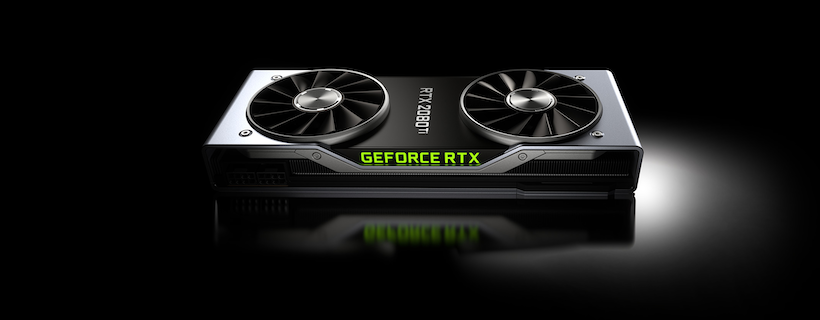Shares of NVDA are trading up 5% after hours, as final results for Jan-19 were in-line with the disappointing pre-announcement. While we are believers in the Nvidia story and expect the company to be one of the more notable winners from the long-term growth trends of gaming, AI/datacenter, and autonomous vehicles, we believe that there remains risk to FY20 guidance. We expect shares to be range bound in the coming months, as investors will likely trim Q4 revenue expectations.
Why Nvidia’s FY20 guidance is still too high
Nvidia’s trouble began in the October quarter with the slowdown of crypto. In the previous eight quarters, revenue growth had ranged between 35% and 65%, ending at 40% in Jul-19 quarter. In the three subsequent difficult quarters (two recently reported and one just guided), revenue will be down on average 12% y/y per quarter. The concern for investors on tonight’s call was the slope of the rebound in revenue growth beginning in Apr-20. Specifically, investors are finding the company’s guidance of ending the year with revenue in-line or slightly below the previous year as overly optimistic. While the company did not give quarterly guidance, we believe it implies that revenue will be down 30% in Q1, down 10% in Q2, up 10% in Q3, and up 35% in Q4. This translates to overall revenue for FY20 to be down 2% y/y. The key question: is a 35% y/y growth exiting FY20 realistic? Our belief is that it is not realistic because it is similar to the growth rates during the crypto-boom. We think a revenue growth rate of 20% is more appropriate and sustainable through FY21. Beyond FY21, we expect a sustained growth rate of 15% for the next several years.
Recap of what happened in January
The cause of the miss was primarily related to three factors: 1) China macro, 2) lower consumer demand for the new high-end Turing architecture GPUs, and 3) datacenter customers in this segment have shifted towards a more cautious approach to datacenter upgrades.
Nvidia still needs to clean up existing channel inventory of mid-range Pascal graphics cards. The company initially lowered Jan-19 guidance due to excess channel inventory of these products, as it failed to understand the positive impact that cryptocurrency mining had on the segment. With the stark decline in cryptocurrency mining, sales of these products dropped, and the channels were stuck with high inventory levels. Nvidia confirmed on the call that it expects channel inventory to be cleaned up by the end of the Apr-20 quarter.
When it comes to Nvidia’s new Turing architecture GPUs, the company needs more game developers to incorporate ray tracing and DLSS technologies into their games before we expect to see higher sales. While these technologies are foundational and offer a meaningful step forward in computer graphics, there isn’t a big incentive for consumers to upgrade to the latest architecture due to the lack of available content.
Disclaimer: We actively write about the themes in which we invest or may invest: virtual reality, augmented reality, artificial intelligence, and robotics. From time to time, we may write about companies that are in our portfolio. As managers of the portfolio, we may earn carried interest, management fees or other compensation from such portfolio. Content on this site including opinions on specific themes in technology, market estimates, and estimates and commentary regarding publicly traded or private companies is not intended for use in making any investment decisions and provided solely for informational purposes. We hold no obligation to update any of our projections and the content on this site should not be relied upon. We express no warranties about any estimates or opinions we make.
